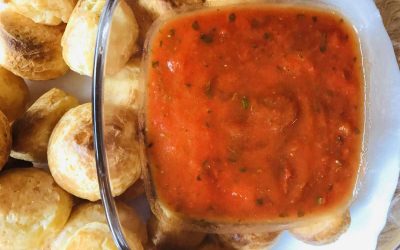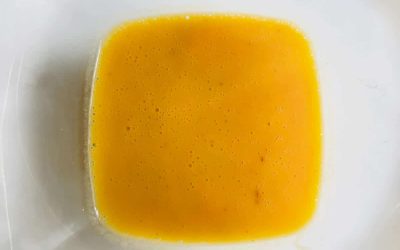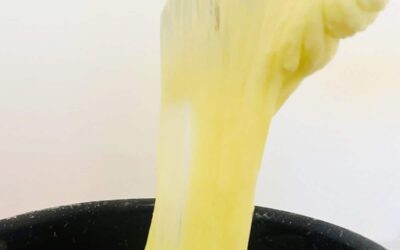French food is considered some of the best in the world. One of basics of French cooking is to use fresh quality ingredients and give them a starring turn. But the real trick is in complimenting that ingredient with a sauce that elevates the dish to the next level.
Actually the sauces are one of the most important elements in French cuisine. They are really easy to overlook while you are cooking that luscious plat (main dish), but don’t! The secret is in the sauce, as the famous saying goes.
And the best part is that most of the traditional French sauce recipes are quite easy and quick to prepare while the rest of the meal is cooking.
In French cuisine, the sauces are broken down into a mother sauces and daughter sauces.
A mother sauce is a foundational sauce from which a variety of other sauces may be derived through the addition of ingredients such as meat stock, wine, vegetables and herbs.
It is easier to break the sauces down into categories, because some of them are rather similar, and the categories will help avoid confusion. So with that, let’s get to all those French sauces, shall we? Allons-y!
What are the 5 Mother Sauces?
There are five mother sauces in classical French cooking. Each one can be made into a number of different sauces by adding other ingredients after the initial preparation. The 5 French mother sauces are:
- Béchamel
- Tomate
- Hollandaise
- Velouté
- Espagnole
In 1833, French chef Antonin Carême, one of the most important French chefs and cookbook authors of the 19th century, published a classification of French sauces in his reference cookbook L’art de la cuisine française au XIXe siècle (“The Art of French Cuisine in the 19th Century”).
Instead of mother sauces, he called them Grandes et Petites sauces (“great and small sauces”). However, he had tomato sauce, mayonnaise, and the hollandaise as “small sauces”.
These days, mayonnaise is not officially on the sauce list (too similar to hollandaise), but hollandaise and tomato sauce are mother sauces.
Sauces mères
French-English translation: Mother sauces
The current categorization is attributed to French chef Auguste Escoffier based his 1907 Le guide culinaire (A guide to modern cookery).
You can read more about each of the 5 mother sauces, their recipes, and derivatives below:
1. Béchamel
A béchamel sauce is one of the 5 French mother sauces, and is basically the process of making a roux. Ingredients in the béchamel sauce include butter, flour, and milk.
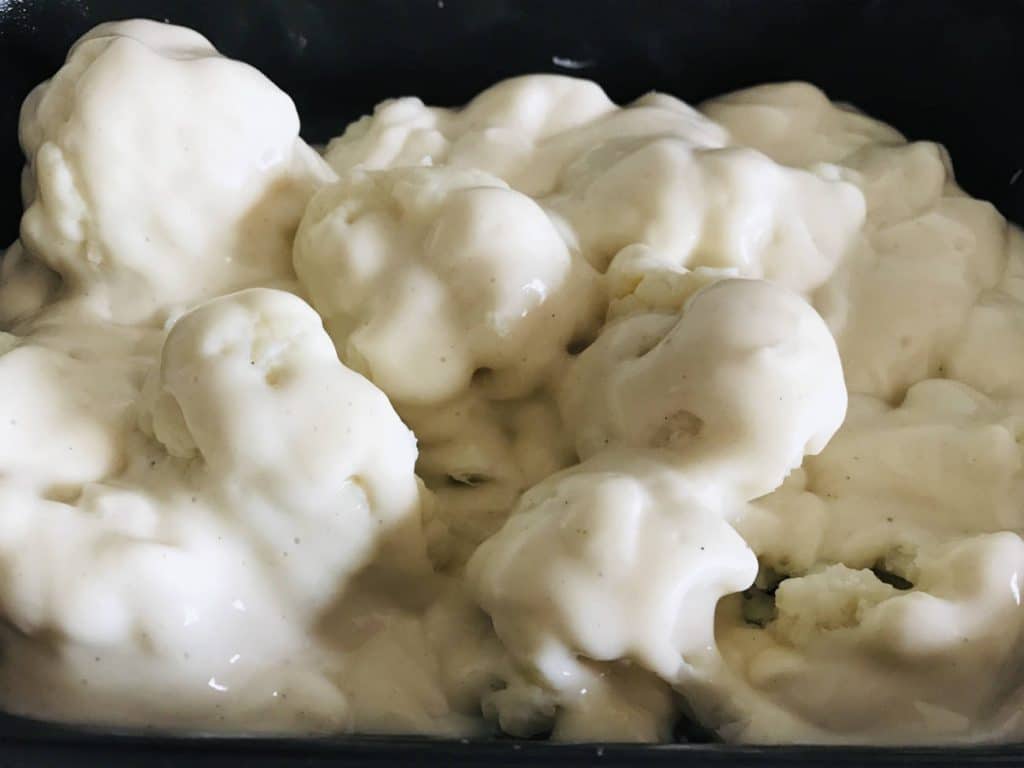
You can use béchamel sauce almost any sort of dish, from pasta bakes and lasagna, to baked chicken. It can also go directly on cooked or steamed vegetables like spinach, cauliflower or broccoli.
Certain French dishes like gratin potatoes, coquilles st jacques, and creamy chicken blanquette are also regularly made with béchamel sauce.
Other daughter sauces include:
- Mornay: béchamel with onion, cloves, Gruyère cheese, and Parmesan
- Soubise: béchamel with butter and caramelized onions
- Nantua: béchamel with shrimp, butter, and heavy cream
You can get the recipe for béchamel sauce here.
2. Tomate
Tomato sauce is one of the basics of Mediterranean cuisine. Ingredients in the classic French tomato sauce include tomatoes, lardons, onions, bay leaves, thyme, garlic, salt, pepper, and a teaspoon of sugar.
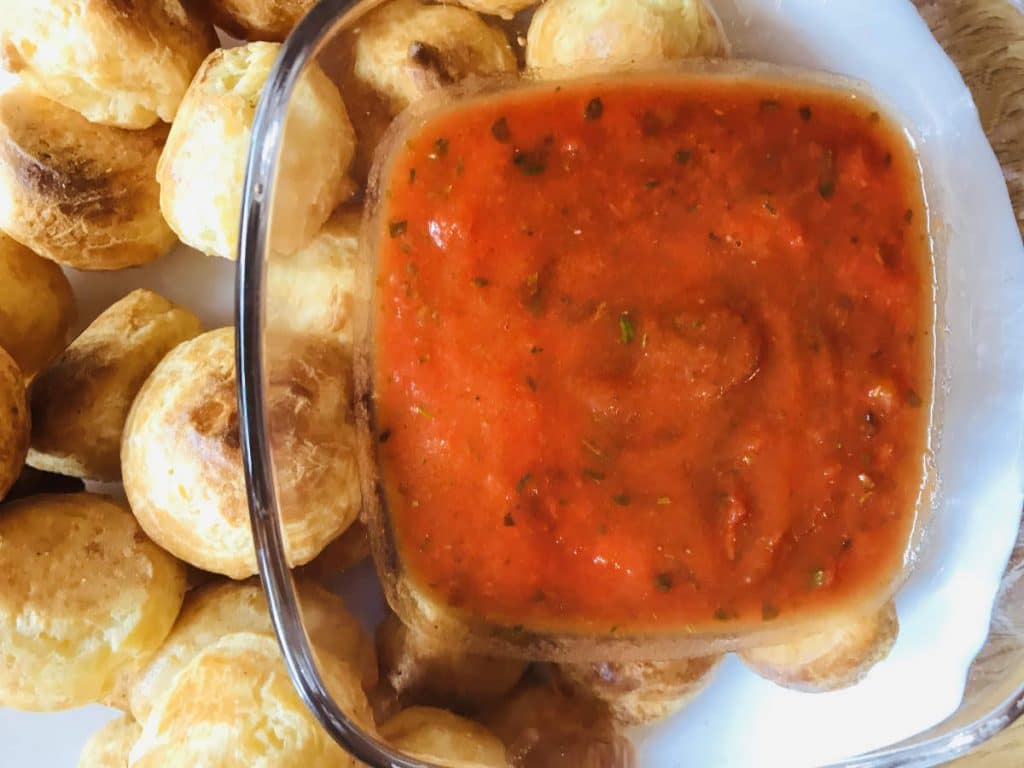
Pasta is always a favorite with tomato sauce, but you can also serve it with baked chicken or fish like salmon or codfish. You can even use it as a topping on baked eggplant (aubergine) or a sauce with gougères. Other ideas would be to serve it with quinoa or polenta.
Other daughter sauces include:
- Creole: tomato sauce with white wine, garlic, onion, cayenne pepper, and red bell peppers.
- Portugaise: tomato sauce with garlic, onions, salt, herbs, and peeled tomatoes.
- Provençale: tomato sauce with olive oil, parsley, garlic, salt, pepper, and sugar.
- Marinara: tomato sauce with garlic, onions, and herbs.
- Sauce Vierge: a type of French salsa with diced tomatoes and spices.
You can get the recipe for tomate provençale sauce here.
3. Hollandaise
Another very popular sauce is tranquil hollandaise. Ingredients in the hollandaise sauce include egg yolks, melted butter, and lemon juice.
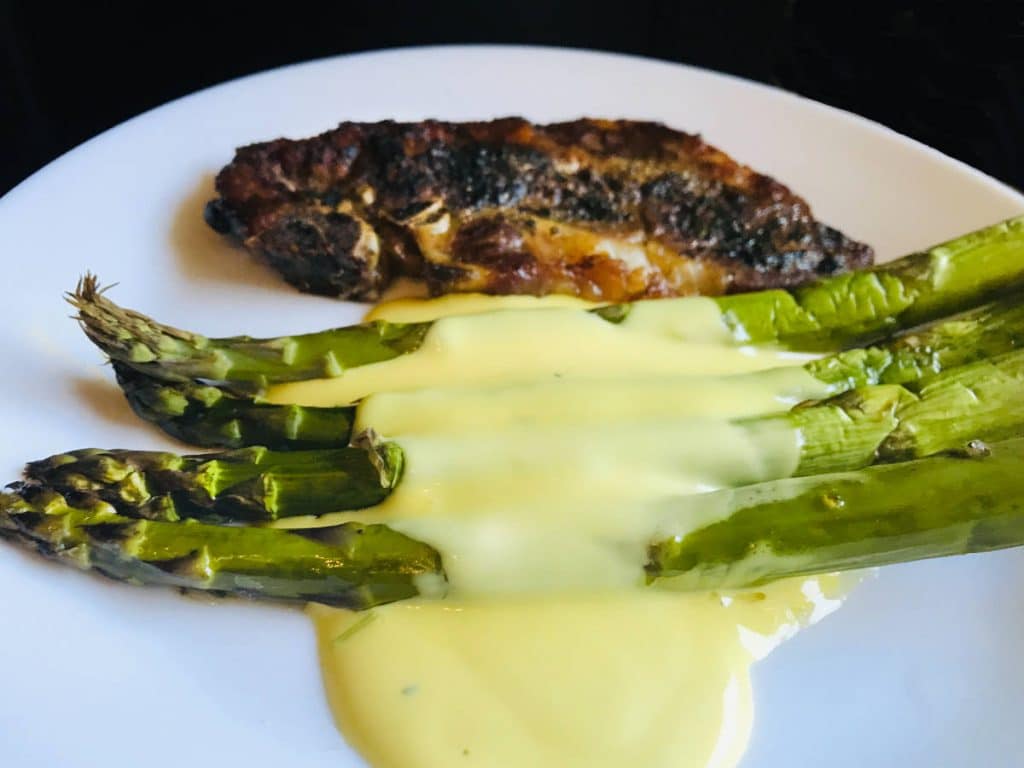
The hollandaise sauce goes well with many dishes, especially seafood liked poached codfish or baked salmon.
The hollandaise can also be used to add flavor to as well as any type of green vegetable (asparagus, brocolli, etc.) You can also use it as a sauce with:
- spinach quiche
- eggs benedict
- baked potatoes
Daughter sauces of the hollandaise include:
- Béarnaise: sauce made from egg yolk, butter, white wine vinegar, and herbs.
- Tartare: sauce made from egg yolk, chopped pickles, capers and herbs such as tarragon and dill.
- Rouille: sauce made with egg yolks, olive oil, mustard, garlic, saffron, and cayenne pepper.
- Aioli: sauce made from garlic, egg yolks, olive oil, lemon juice, and mustard.
- Choron: hollandaise with tarragon and tomato
- Maltaise: hollandaise with blood orange juice
- Mousseline: hollandaise with whipped heavy cream
You can get the recipe for hollandaise sauce here.
4. Vélouté
Vélouté (pronounced “veh-loo-tay”) is a sauce, but it can also be a blended soup. Ingredients in a velouté include butter, flour, and chicken stock.
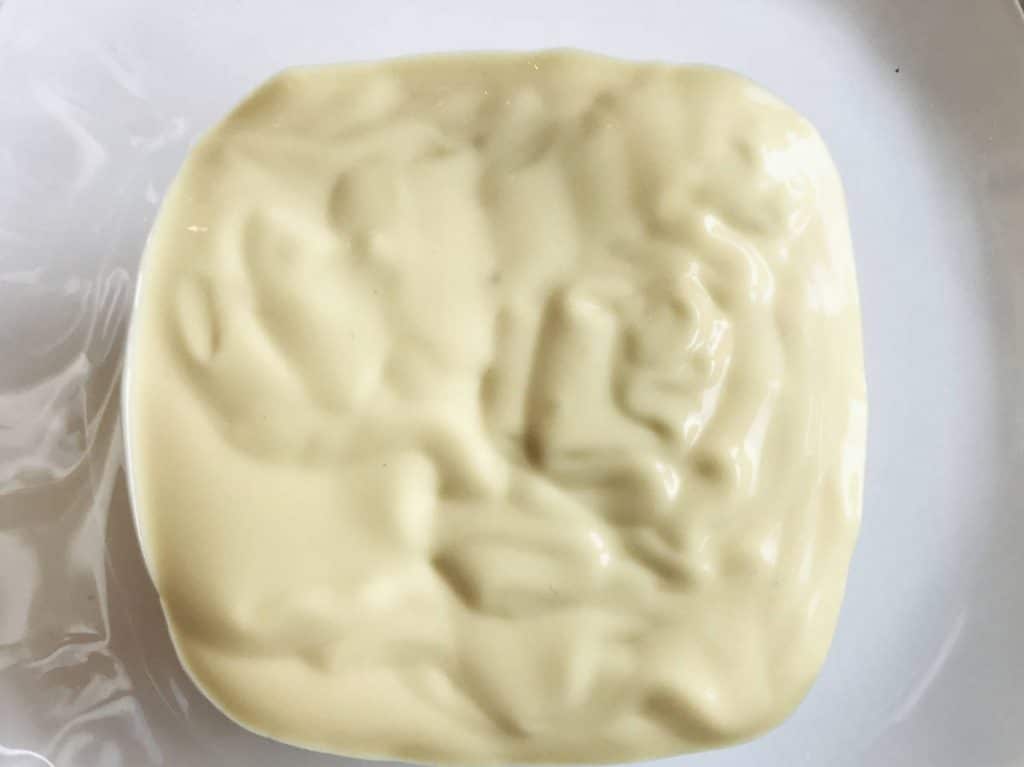
Other daughter sauces include:
- Allemande: chicken or veal velouté with lemon juice, egg yolk, and cream.
- Poulette: chicken velouté with heavy cream and mushrooms.
- Hongrais (Hungarian): chicken or veal velouté with onion, paprika, butter, and white wine.
- Vénitienne (Venetian): chicken or fish velouté with tarragon, shallots, and parsley.
- Normande: fish velouté with cream, butter, and egg yolks.
You can get the recipe for velouté sauce here.
5. Espagnole
Espagnole sauce literally translates to Spanish sauce. Ingredients in the espagnole sauce include butter, flour, and beef stock, as well onions, carrots, celery, and tomato purée for flavoring. The vegetables are removed before serving, after the sauce is reduced.
The sauce is used as an accompaniment to meats or potatoes. Other daughter sauces include:
- Démi-glace (Demi-glaze): a reduced sauce, made from veal or beef stock, which derives its texture and color from the caramelization of meats, fats and bones that have been cooked in it.
- Bigarade: an espagnole sauce that is flavored with oranges and served with duck.
- Madeira: a reduced sauce, similar to the demi-glaze with Madeira wine added to it.
You can get the recipe for sauce espagnole here.
Other Daughter Sauces
Each mother sauce has many daughter sauces or derivatives that have been adjusted over the centuries as the concept of cooking and haute cuisine became more creative. Some of the most popular French daughter sauces are:
1. Rouille
Rouille sauce is usually served with bouillabaisse, but you can also serve it as a sauce to accompany meat, grilled fish, or potatoes.
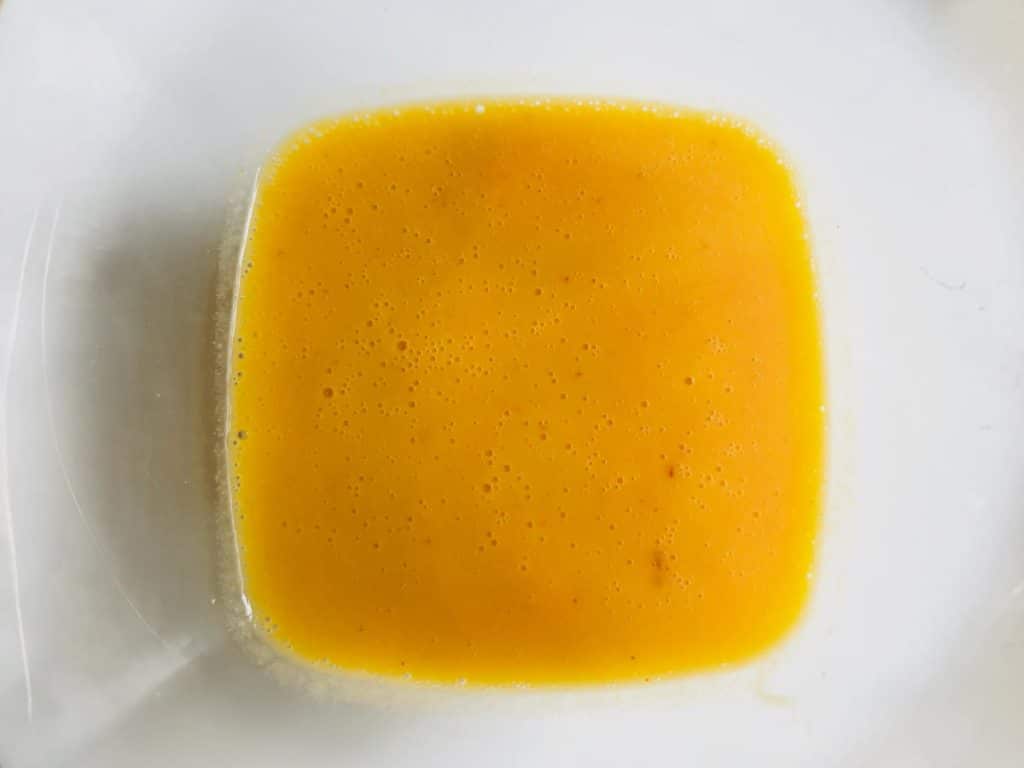
Pronounced “rou-iy”, ingredients in the rouille sauce include egg yolks, olive oil, mustard, garlic, saffron, and cayenne pepper.
As a sauce, it can go with just about any apéro finger foods from french fries and charcuterie, to escargot. As a simple idea, serve it with pain complet country bread, or baguette.
You can get the recipe for rouille sauce here.
2. Aioli
Aioli is usually prepared and served with steamed or poached codfish, lightly seasoned with herbs, olive oil and lemon.
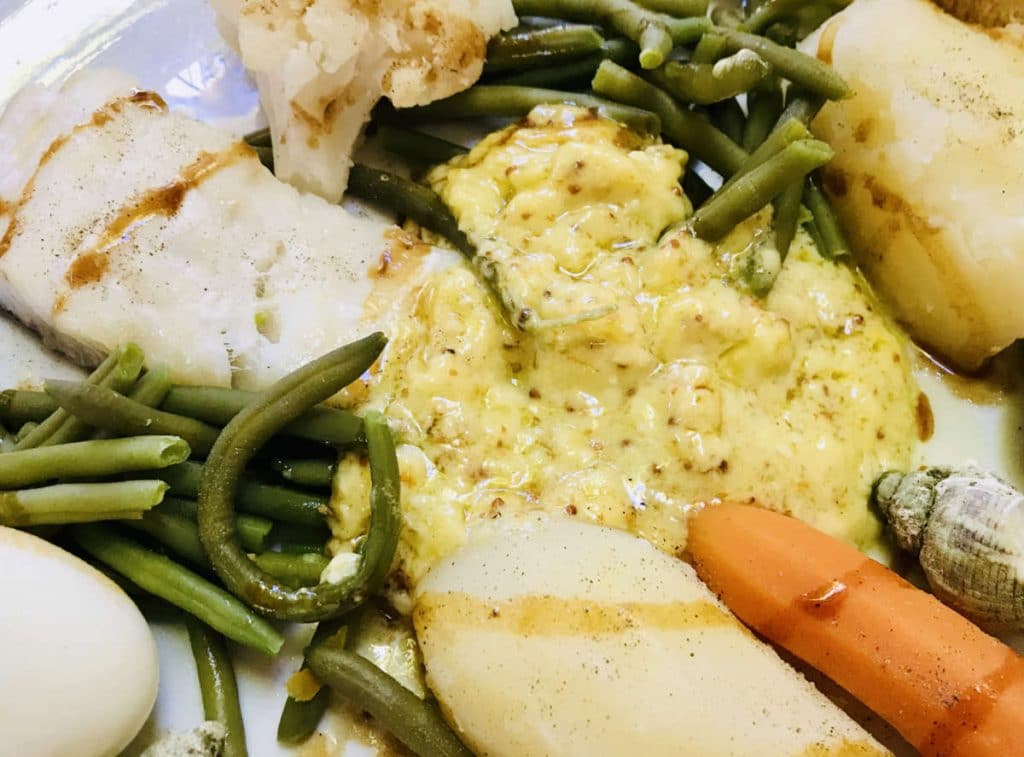
But you can also try it with other fishes sea bass, crab cakes, shrimp or other types of seafood.
Pronounced “ay-yo-li”, ingredients in the aioli sauce include garlic, egg yolks, olive oil, lemon juice, and mustard. It is a type of mayonnaise, only with more garlic.
As a side, add steamed fresh vegetables like carrots, potatoes, asparagus, or other vegetables that are in season. You can get the recipe for aioli sauce and a lighter greek yogurt aioli here.
3. Fondue
The word fondue comes from the French word fondre, meaning to melt.
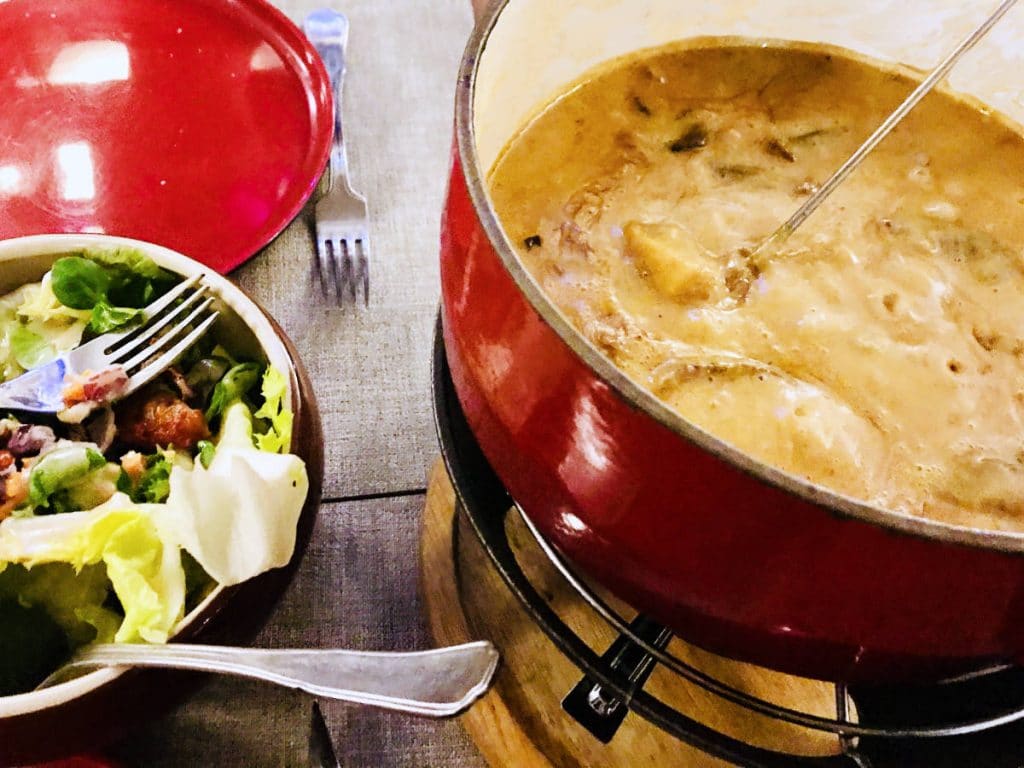
There are many types of fondue, with the most famous being:
- Cheese fondue: sauce made of melted cheeses with wine and garlic.
- Fondue Bourguignonne: mix of boiling oil and spices that is used to cook the meat.
- Butter fondue: melted butter sauce mixed with garlic, paprika and shallots.
- Mushroom fondue: sauce made of melted cheeses with wine and mushrooms.
- Chocolate fondue: melted mix of chocolate into a sauce.
You can find the recipe for cheese fondue here.
4. Béaranaise
The béarnaise sauce taste delicious with nice piece of red meat like prime rib or lamb that has been cooked on a stove, in the oven, or charbroiled.
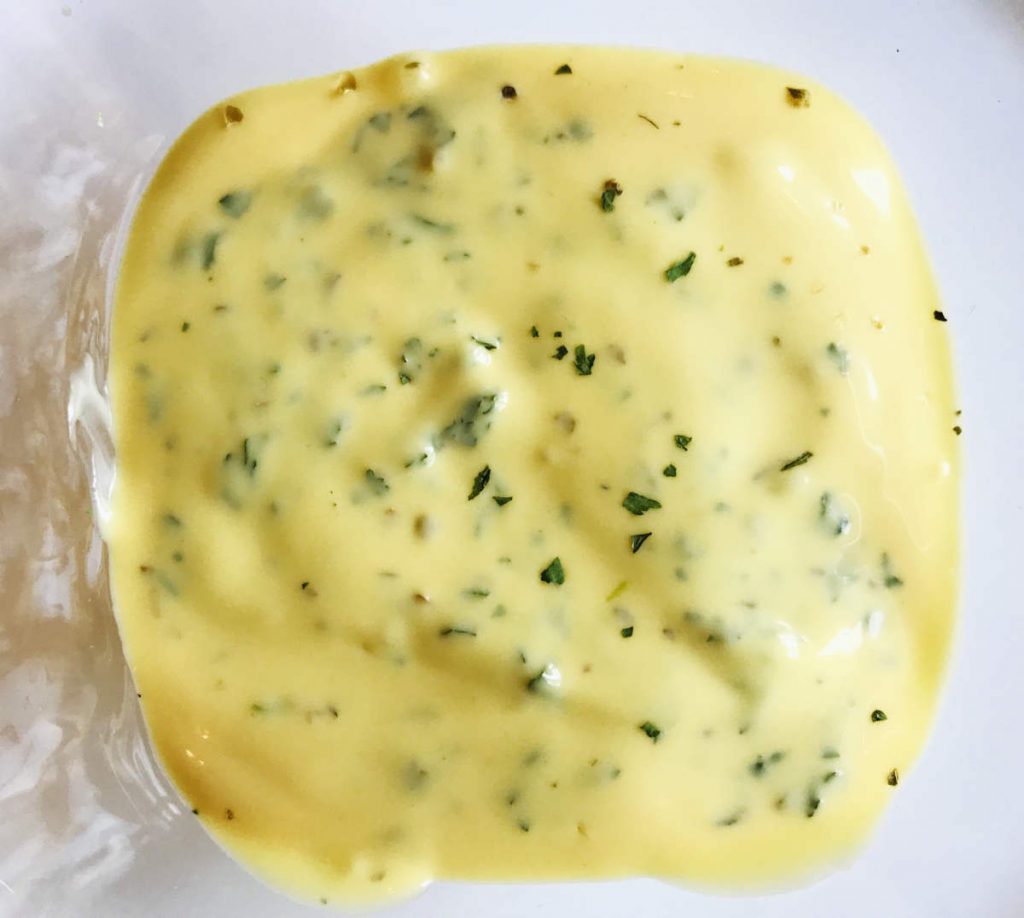
It also goes as well with other options like grilled fish and poached eggs and as a sauce with:
- lyonnaise quenelles
- in a hamburger
- quiche lorraine
Ingredients in the béarnaise sauce include butter, egg yolk, white wine vinegar, tarragon, peppercorn, and herbs.
You can get the recipe for béarnaise sauce here.
5. Pistou
Pronounced “pis-too”, ingredients in pistou sauce include garlic, olive oil and basil. Pistou can serve as a sauce for dishes like pastas, baked chicken, or with a side of steak.
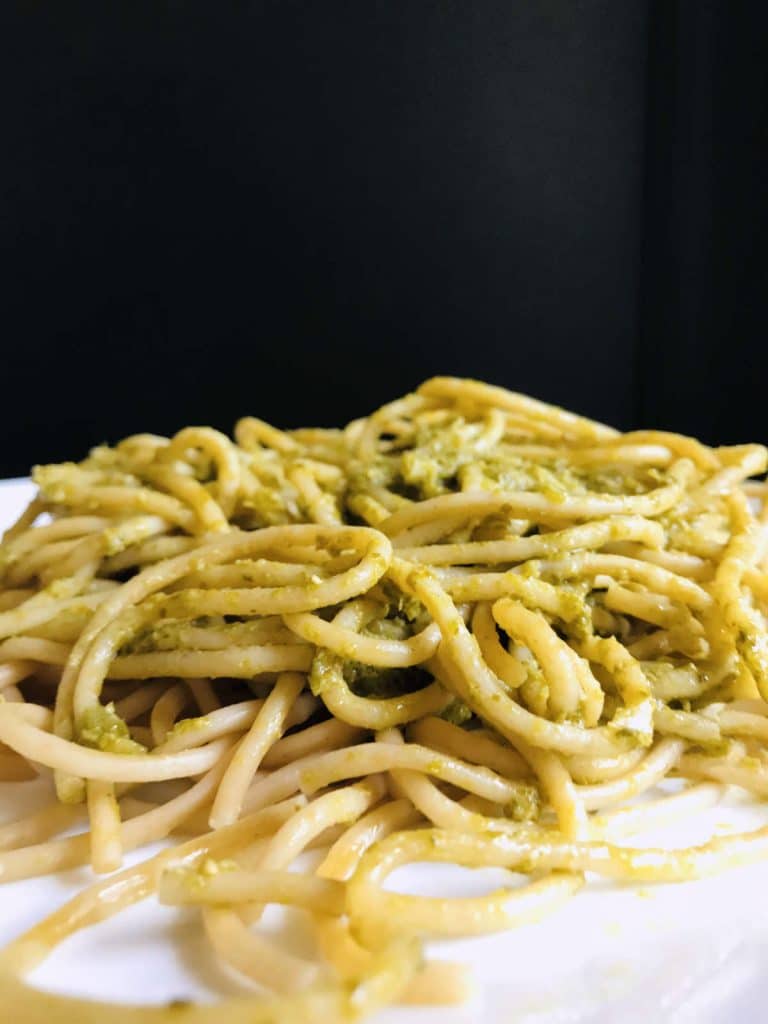
It can be a bit strong for fish dishes as it can overwhelm them, so use in moderation. However, it is excellent as an accompaniment to baked salmon or tuna.
You can get the recipe for pistou sauce here.
6. Beurre blanc
The Beurre blanc is also sometimes called the Beurre nantais. Ingredients in beurre blanc sauce include butter, vinegar or white while, and shallots.

This sauce is to be served warm as an accompaniment to seafood. It traditionally served with poached or grilled fish like pike, salmon, and codfish. It also goes well with grilled shellfish like shrimp, crab and lobster.
You can get the recipe for beurre blanc sauce here.
7. Sauce Tartare
Tartar sauce is usually served with breaded dishes like the English fish and chips.
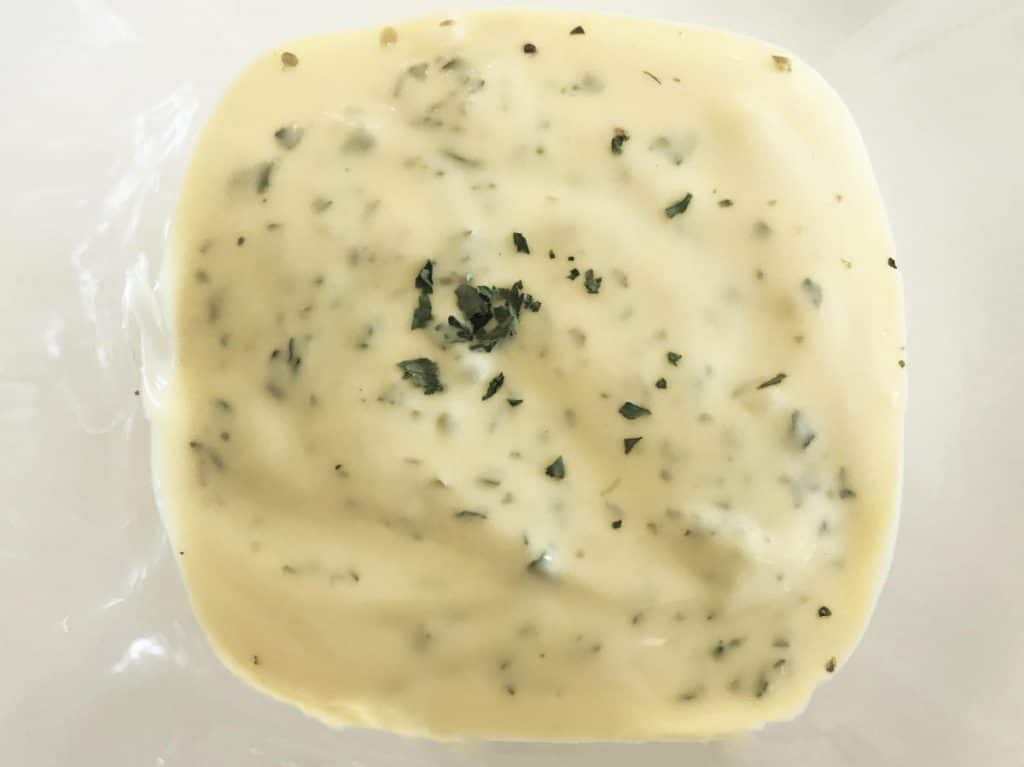
It also goes well with fried seafoods like shrimp, oysters, and fish fingers, or breaded meat like schnitzels from Alsace.
Ingredients in tartar sauce include egg yolk, chopped pickles, capers and herbs such as tarragon and dill.
You can get the recipe for sauce tartare here.

If you enjoyed that, check out our other classic French recipes that are easy to prepare. Bon appétit and à bientôt !

